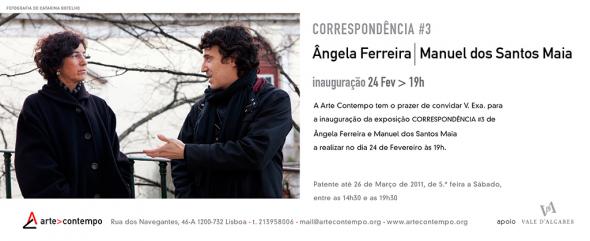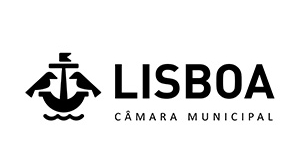Iniciativa de incentivo à criação artística, à mobilidade e ao intercâmbio entre artistas emergentes dos PALOP, cuja 1.ª edição se realiza em 2019. Durante um período de 2 meses, num regime de desenvolvimento à distância, seguido de 10 dias intensivos de finalização e montagem, os participantes serão orientados para a concepção e criação de obras multimédia que “reciclem” imagens do arquivo audiovisual destes países e proporcionem novas interpretações da História e da Memória, a elas associadas, criando novas narrativas. O trabalho será acompanhado por dois formadores principais e por uma tutora e equipa técnica de apoio às questões de exibição dos trabalhos desenvolvidos. Os últimos 4 dias do programa são dedicados, exclusivamente, à montagem de uma exposição e sua inauguração pública, a 7 de Setembro de 2019, no espaço da Fortaleza de Maputo.
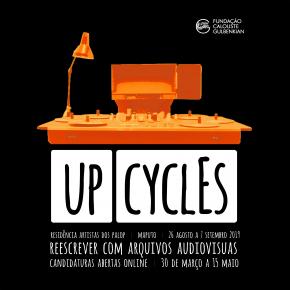 Objectivos Fomentar a criação de uma rede de artistas emergentes dos PALOP; Estimular o reconhecimento e a visibilidade internacional do trabalho autoral dos participantes; Incentivar a mobilidade de artistas e obras de arte; Promover a formação avançada ao nível da concepção, desenvolvimento e edição de projectos multimedia; Proporcionar um espaço dedicado de criação, diálogo e partilha entre artistas profissionais e emergentes, dos PALOP e lusófonos; Proporcionar o contacto dos participantes com curadores e educadores internacionais de destaque no âmbito da arte contemporânea Africana e Lusófona; Promover o conhecimento, o acesso e a reutilização dos arquivos audiovisuais dos PALOP e que a eles façam referência; Advogar pela urgência dos processos de preservação e conservação destes arquivos; Promover o emprego e a profissionalização do trabalho artístico.
Objectivos Fomentar a criação de uma rede de artistas emergentes dos PALOP; Estimular o reconhecimento e a visibilidade internacional do trabalho autoral dos participantes; Incentivar a mobilidade de artistas e obras de arte; Promover a formação avançada ao nível da concepção, desenvolvimento e edição de projectos multimedia; Proporcionar um espaço dedicado de criação, diálogo e partilha entre artistas profissionais e emergentes, dos PALOP e lusófonos; Proporcionar o contacto dos participantes com curadores e educadores internacionais de destaque no âmbito da arte contemporânea Africana e Lusófona; Promover o conhecimento, o acesso e a reutilização dos arquivos audiovisuais dos PALOP e que a eles façam referência; Advogar pela urgência dos processos de preservação e conservação destes arquivos; Promover o emprego e a profissionalização do trabalho artístico.
Destinatários Artistas visuais emergentes, dos PALOP, que desenvolvam a sua prática artística em campos vários de execução multimédia e que apresentem um ante-projecto para a re-utilização de recursos de arquivos audiovisuais públicos e/ou privados.
Candidaturas A inscrição é feita via formulário online:
No formulário será solicitado o envio de dados pessoais e os seguintes documentos: Scan do Documento de Identificação; Portfólio em formato PDF (ficheiro não superior a 10MB); CV; Carta de Motivação; Ante-projecto; Link ou website para trabalhos anteriores;
Período de candidatura 30 de Março a 15 de Maio de 2019
Divulgação dos resultados 25 de Maio de 2019
Elementos do júri Diana Manhiça (AAMCM), Ângela Ferreira (artista/formadora), Alda Costa (DC-UEM)
Número máximo de participantes Até 7 artistas emergentes dos PALOP, sendo 4 de Moçambique.
Formadores Residência Criativa 2019 Ângela Ferreira (Portugal/África do Sul) e Maimuna Adam (Moçambique)
Tutoria Técnica e Montagem Diana Manhiça e Leonardo Banze (AAMCM - Moçambique)
Condições de participação para os artistas dos PALOP* Oferta de 100% do valor da viagem internacional (até 800€), alojamento, apoio à alimentação e 100€ para materiais necessários à montagem exposição.
Condições de participação para os artistas de Moçambique* Oferta de apoio à alimentação e 150€ para materiais necessários à montagem exposição.
Todos os participantes deverão estar totalmente disponíveis durante os dias de formação à distância e presencial, o período de concepção do projecto e a apresentação dos resultados em exposição.
Mais informações através do link
Qualquer pedido de esclarecimento deve ser enviado para: upcycles2019@gmail.com
Organização
AAMCM - Associação dos Amigos do Museu do Cinema em Moçambique
Principal Entidade Financiadora Fundação Calouste Gulbenkian
Parceiro Institucionais Nacionais Instituto Nacional de Audiovisual e Cinema
Fortaleza de Maputo - Direcção de Cultura da UEM
Centro Cultural Franco-moçambicano
Camões - Centro Cultural Português - Maputo
Parceiro Comunicação RTP África e RDP África
Parceiros Locais ZOOM - Produção Gráfica e Vídeo
* A AAMCM está empenhada em colaborar com os participantes para garantir a finalização das obras e o acesso a imagens de arquivo e poderá apoiar neste processo com o envio de carta-convite e o contacto com instituições parceiras.
Biografias
Associação Amigos do Museu do Cinema em Moçambique A AAMCM é uma organização sem fins lucrativos fundada em 2016, que se dedica à pesquisa e comunicação sobre a(s) História(s) do Cinema em Moçambique. Anualmente, a AAMCM realiza um Seminário Internacional e uma Exposição Anual Temporária, cujos temas vão compondo a base de dados de um futuro Museu Digital online. Este trabalho, com um objectivo essencialmente educativo, é realizado através de actividades que incluem estudantes e docentes de diferentes graus de ensino e aventura-se agora numa iniciativa de fomento à criação, através da reutilização do património dos arquivos audiovisuais dos PALOP.
Ângela Ferreira (1958) é uma artista plástica nascida em Moçambique, que cresceu e estudou na Cidade do Cabo (África do Sul) e, actualmente, vive e trabalha em Lisboa. Licenciou-se em escultura e obteve o seu Master of Fine Arts (MFA) na Michaelis School of Fine Arts, Universidade da Cidade do Cabo, África do Sul. É doutorada pela Faculdade de Belas Artes da Universidade de Lisboa onde também lecciona. site da artista
Diana Manhiça (1975) é artista audiovisual, realizadora, produtora e curadora luso-moçambicana que reside e trabalha em Moçambique onde dirige o KUGOMA - Fórum de Cinema Moçambique, e preside à AAMCM que criou o projecto Museu do Cinema. Colabora na produção e consultoria para eventos e acções de formação ligados ao cinema. Coordenou a realização do Concurso Curtas PALOP-TL, em 2017/2018.
Completou o Bacharelato em escultura e é finalista de Mestrado em comunicação educacional e media digitais, na Universidade Aberta, em Portugal.
http://kugomashortfilms.wixsite.com/kugoma
http://museucinemamoz.wixsite.com/museu-cinema-moz
Maimuna Adam (1984) é uma artista visual moçambicana que cresceu entre o país, a Suécia e a Suazilândia. Completou a licenciatura em Belas-Artes na Universidade de Pretoria, na África do Sul em 2008. Leccionou desenho no ISArC (Moçambique) entre 2010 e 2012. Participou em diversas exposições e bienais em Moçambique, Lisboa, Vitória, São Paulo, São Tomé, Bruxelas, Pretoria, Bayreuth e Le Port. Recebeu o prémio CPLP da PLMJ para um projecto de vídeo arte.
Trabalha com meios tão diversos como o papel e o vídeo e a sua temática é a migração e o acto de viajar.
Reside e trabalha a partir do Reino Unido.
https://maimunaadam.wordpress.com
Cronograma da Residência Criativa UPCYCLES 2019
Os 7 artistas seleccionados serão informados no dia 26 de Maio recebendo uma carta convite (para pedido de visto e outros procedimentos) e devem confirmar a sua total disponibilidade, enviando a cópia dos seus documentos pessoais actualizados até ao dia 30 de Maio, e um Termo de Compromisso assinado.
O módulo à distância tem início a 1 de Junho 2019.
a) Desenvolvimento de Projecto
MÓDULO DE TUTORIA À DISTÂNCIA
Este módulo consiste num processo de tutoria para o desenvolvimento da parte conceptual dos projectos assim como o desenho de uma proposta de execução.
Será dividido em 2 fases; sendo o início de cada fase marcado por um encontro Skype geral - os 7 artistas, os 2 formadores e a organização. No primeiro desses encontros, a 1 de Junho, serão agendados os restantes.
O processo de tutoria complementa-se, nesta fase, pela definição de metas e a entrega da documentação definida para cada meta, sobre a qual as tutoras emitirão um parecer com recomendações de seguimento, após o que, cada artista terá uma reunião Skype individual para esclarecimentos.
b) Finalização e Montagem de Projecto
MÓDULO DE TUTORIA PRESENCIAL
Este módulo consiste num processo de tutoria para a finalização e montagem/integração da obra no local de exposição. Será realizado de forma presencial, em Maputo, entre 26 de Agosto a 7 de Setembro, com acompanhamento diário das duas tutoras, culminando com a inauguração da exposição, a 7 de Setembro, pelas 18h30, na Fortaleza de Maputo.
A presença dos (as) artistas na inauguração é obrigatória.
Durante a fase presencial, que decorrerá nas instalações do Instituto Nacional de Audiovisual e Cinema, os (as) artistas terão apoio técnico para a finalização de processos de edição de conteúdos audiovisuais e para o transporte e a montagem de quaisquer estruturas necessárias à exposição da obra.
Para além do apoio orçamental para materiais, cada artista poderá recorrer a 1 ecrã TV ou 1 projector de vídeo, fornecidos pela organização, para a exibição do material audiovisual no espaço de exposição.
O organização envidará esforços para apoiar os (as) artistas caso seja necessário algum material ou equipamento adicional fora do previsto, mas não pode garanti-lo.
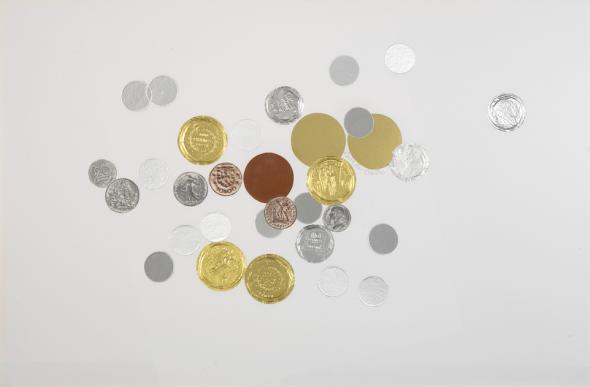
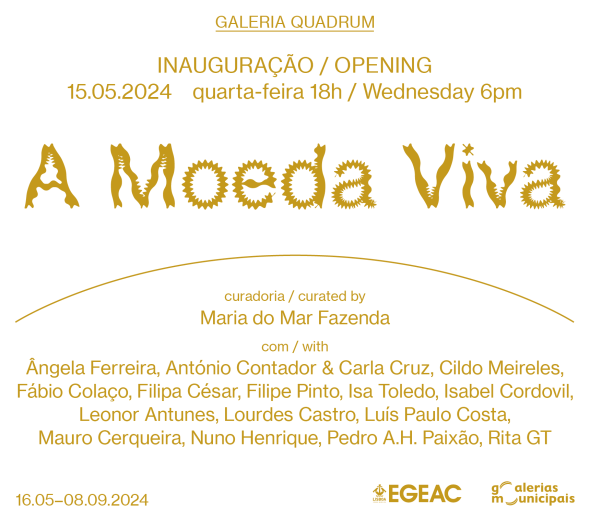
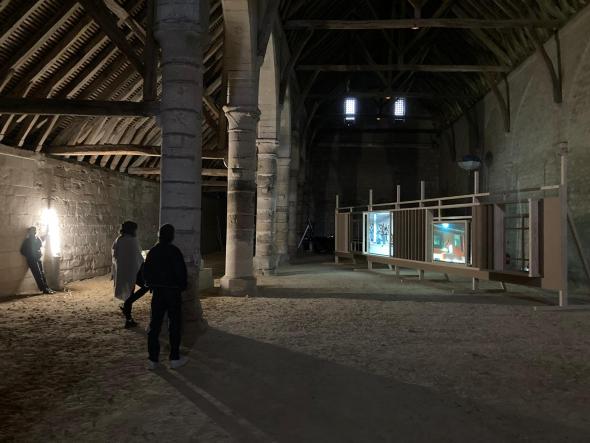
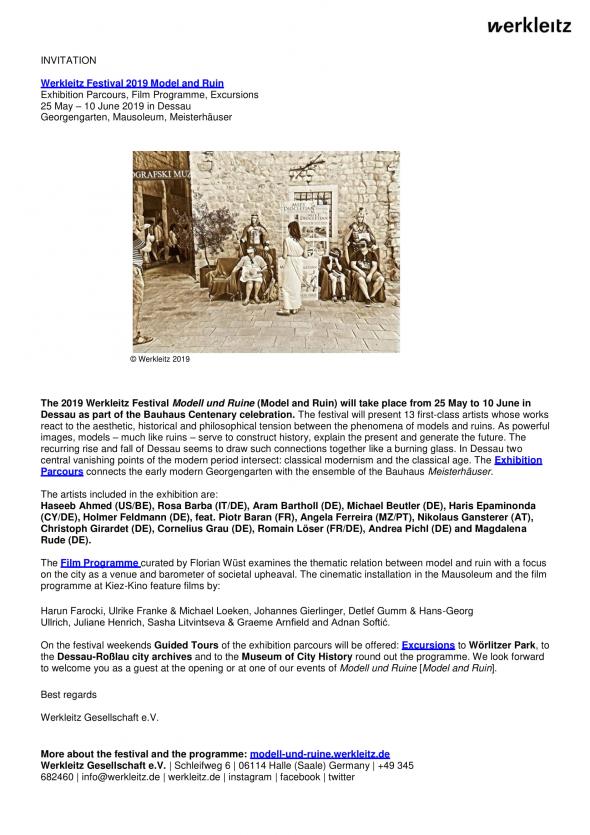

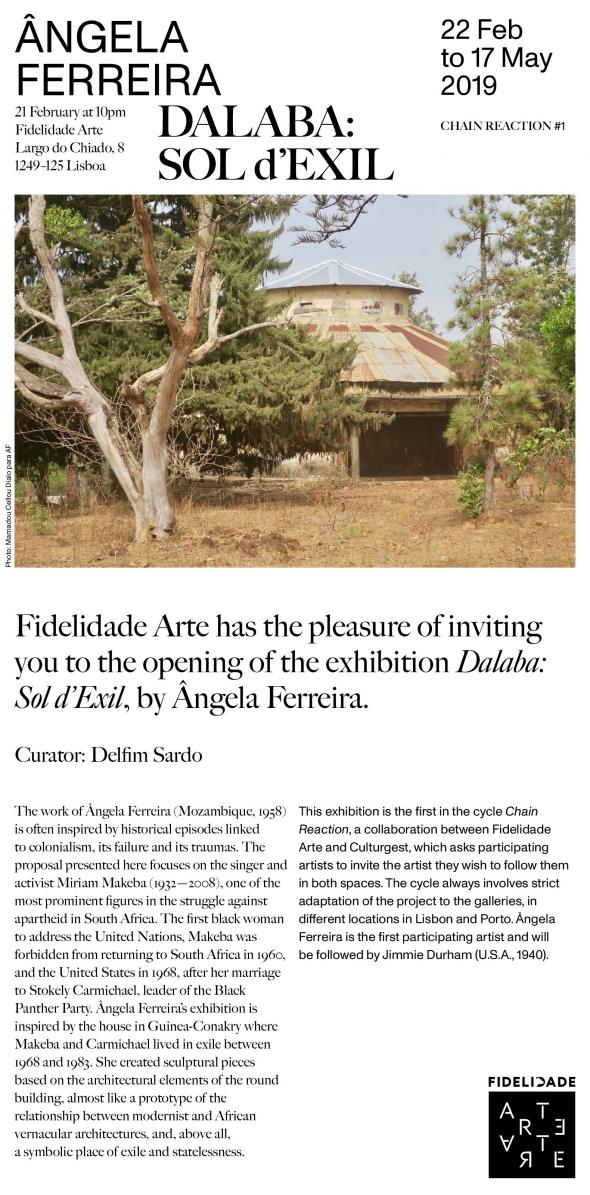
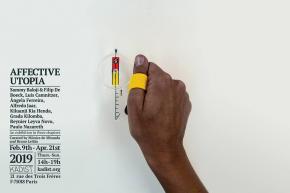 Avec Sammy Baloji & Filip De Boeck, Luis Camnitzer, Ângela Ferreira, Alfredo Jaar, Kiluanji Kia Henda, Grada Kilomba, Reynier Leyva Novo et Paulo Nazareth*
Avec Sammy Baloji & Filip De Boeck, Luis Camnitzer, Ângela Ferreira, Alfredo Jaar, Kiluanji Kia Henda, Grada Kilomba, Reynier Leyva Novo et Paulo Nazareth*
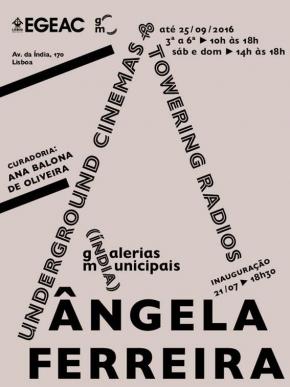 21 Julho :: 18h30 - Inauguração
21 Julho :: 18h30 - Inauguração